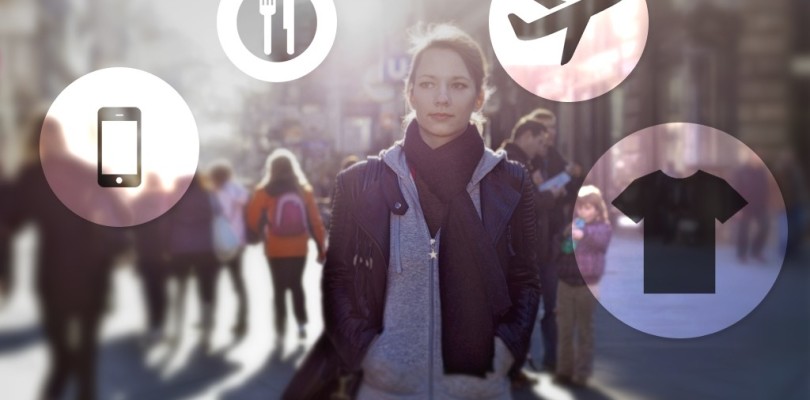Once your marketing team has built a working content marketing machine the next step is to position messaging so it’s personalized for your target audience and personas. Personalizing the content journey is not a new concept, but modern marketers are finally getting around to implementing technologies that allow them to execute on their personalization goals. When it comes to personalizing video the same rules used on other types of content apply. To get started building your first personalized video campaign you need to first establish campaign objectives, research and understand the market, and connect that information with your video content. You’ll know you are ready to get started when you have at least two buyer personas identified and built out that you can market against. In this post we will outline the initial steps needed to build your first personalized video campaign.
Outline Campaign Audience and Performance Goals
As any good marketer will know, it’s important to slow down and think through all aspects of how your campaign will meet your business goals before executing. Define these goals and break them down into three categories: Business, Campaign and Video Engagement.
First take an in-depth look at your audience. Have you clearly outline target personas? Do you know what they care about? What type of content will best suite your audience? How does video fit into this process to help with business goals outlined below? Once you have a good idea of your audience, then take a look at how you want your campaign to impact your business.
A few examples of measurement KPIs for personalized video campaigns are:
- Shortened Sales Cycles
- Reduced Product/Service Attrition
- Increased or Influenced Revenue
- Conversion Rates
To be successful in reaching these goals you need to do an analysis on the data you currently have around your personas and target audience. Review data in marketing automation and CRM systems that will provide the most helpful information. Look for details on the types of content your database is consuming today including gaps your personalized video can fill in. Audit existing content libraries and calendars to identify images or other assets that can be added or included in your personalized video.
After you have reviewed all customer and prospect data, it’s time to consider how this will affect your corporate brand, recurring themes and messaging. Consider your personalized video and how that message will impact the other marketing your audience is receiving. Come up with a strong relevant call-to-action that jives with promotions and goals.
Building The Campaign Creative
Now that you have outlined your campaign objectives and audience it’s time to move into the creative build process taking into consideration the data you have already collected as the blueprint.
The first stage of the creative process consists of brainstorming, proposing, revising, and finalizing a concept, script, and storyboard. Consider all the standard production and creative rules for your personalized videos and remember to give them your own feel, style, theme, and tone of voice. A personalized video uses a series of rules and moving parts behind the scenes to pull off the personalization, but don’t let this distract you from producing a video that makes the viewer feel like you are talking to them face-to-face.
The more thought you put into the individual video elements, the more each viewer will feel as though you are talking specifically to them. Make sure your video is scripted to work across different uses cases and still make sense. Will your personalized video work better as awareness content for a first time audience or is it better for customers or those more familiar with your brand? Try your best to think through all these situations in the planning portion outlined above.
Next outline the video structure both from an editorial and content perspective. For this specific video personalization campaign you will be modifying the video content or creating a specific video asset for each audience member. Because of this the structure of your video can change according to the data related to each contact. The most common real-time personalization changes are:
- Scenes can be added, replaced, or the order changed depending on the the person viewing the video.
- Each scene can change depending on content and audience member. Text and images can be replaced for each viewer, as well as audio.
Once the creative work is complete, you need to build out the storyboard, pulling in your audience data and optimizing the final video. At this stage it’s appropriate to bring Video Personalization Software into the mix to help you execute your campaign. There are a number of tools available to help guide you through each step in the video-creating process. Personalization software often provides access to scene libraries with custom images, text, audio, and colors, as well as tools to make it easy to define variable parameters.
View personalized video solutions in the 50Wheel Directory and read part 2 where we dive deeper into how video personalization software works behind the scenes.

